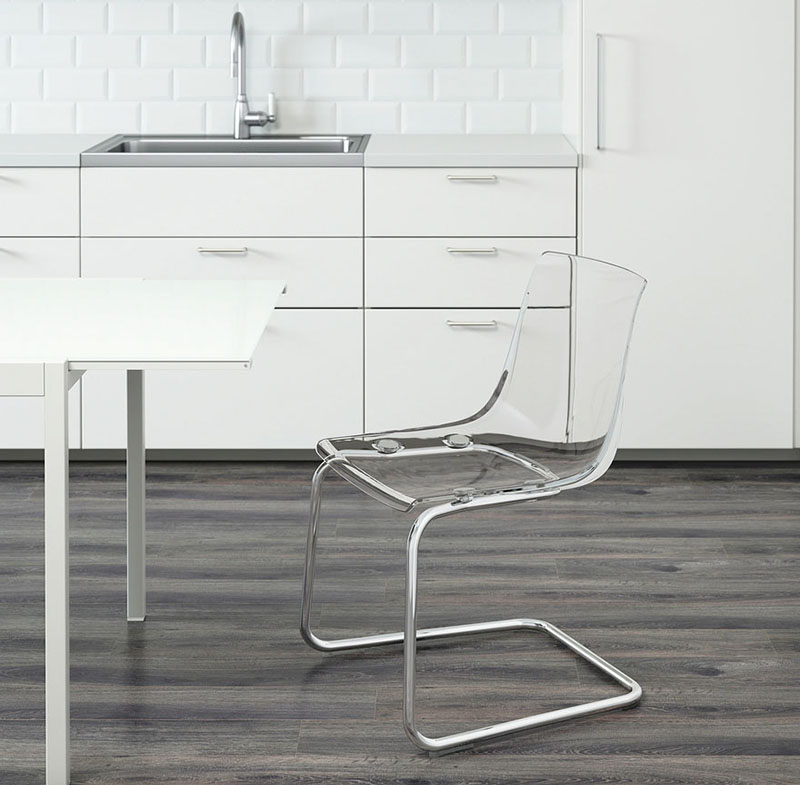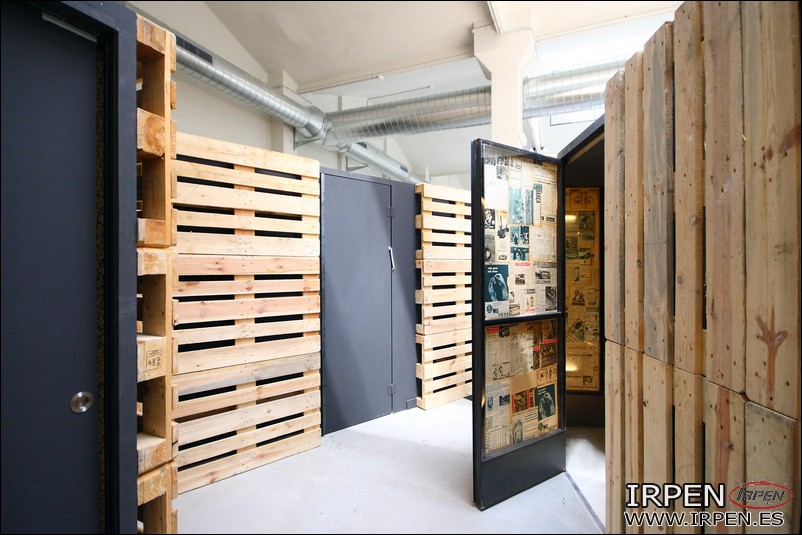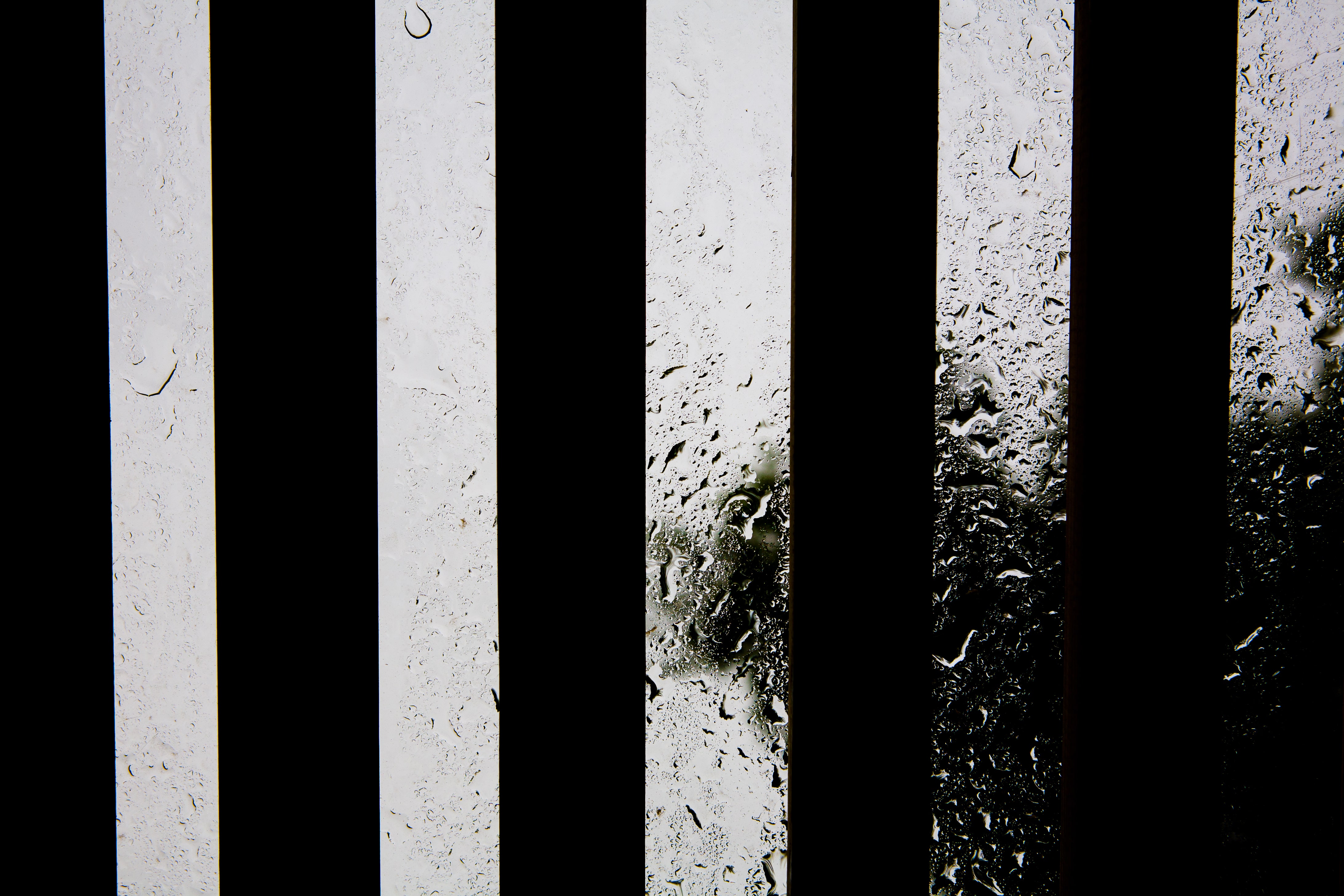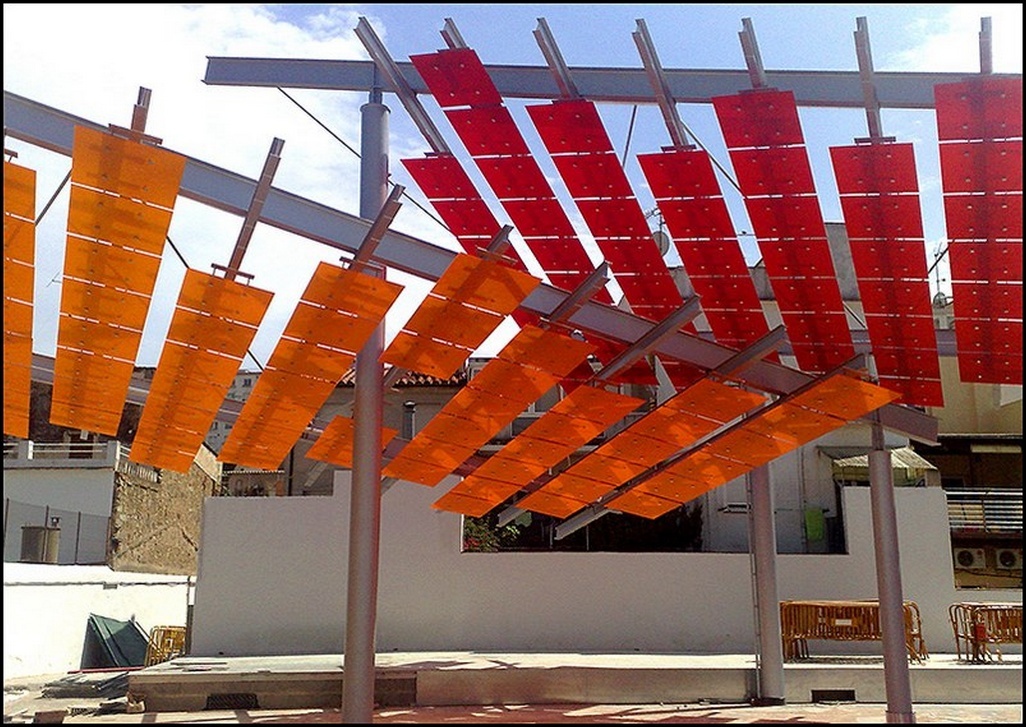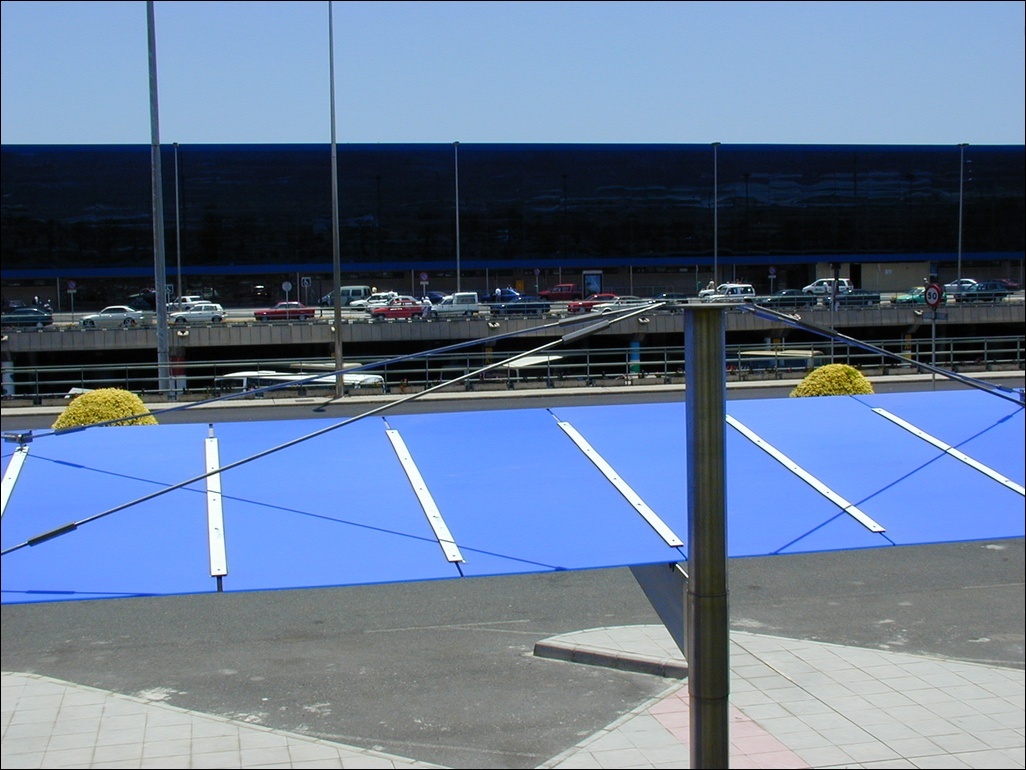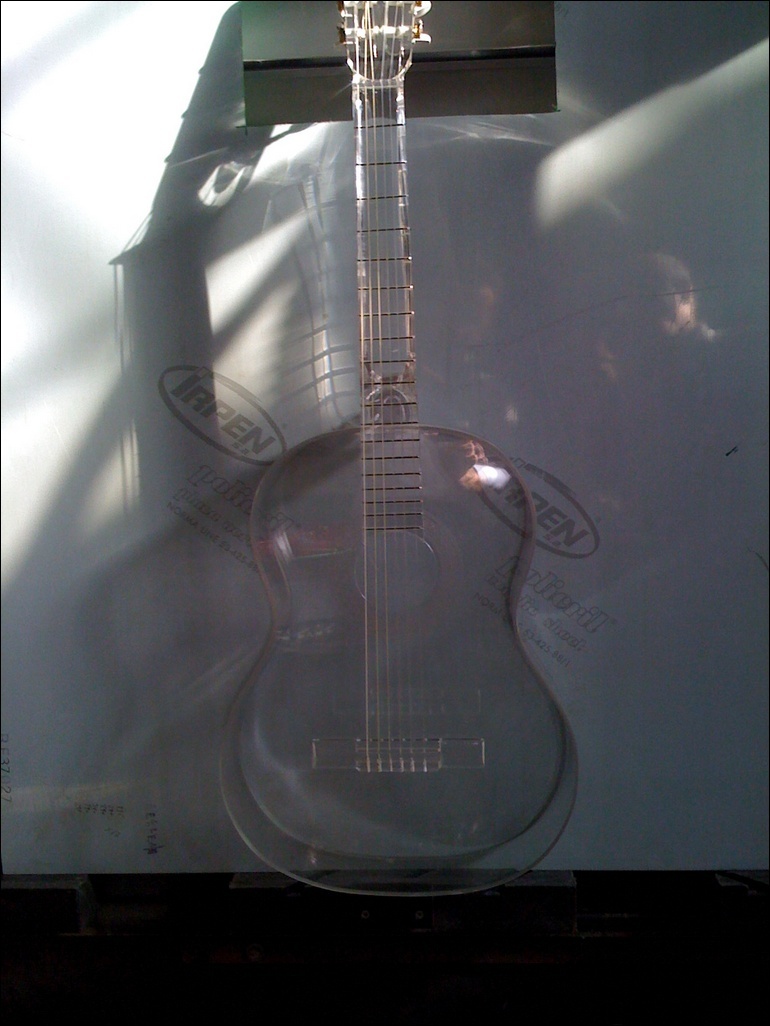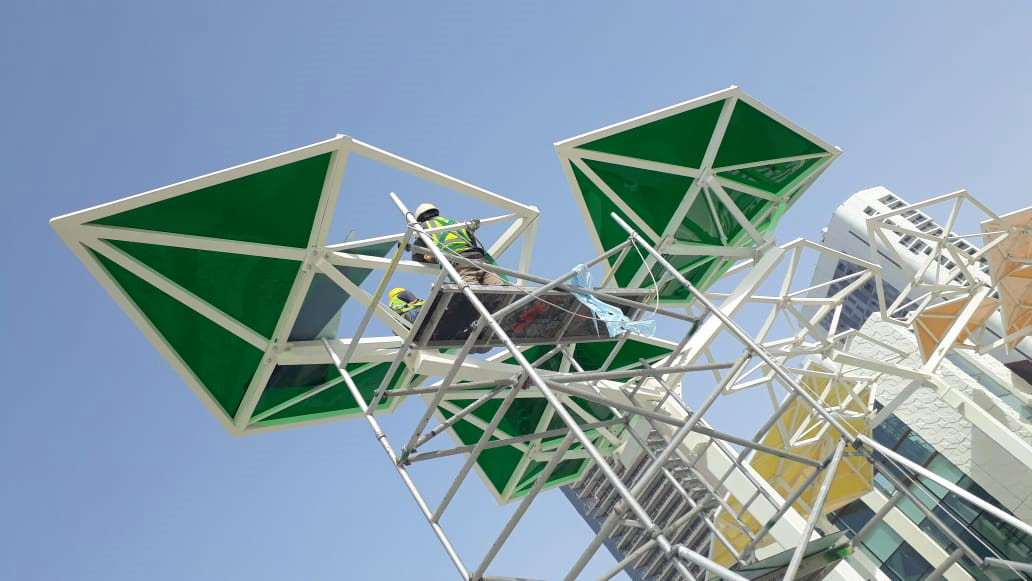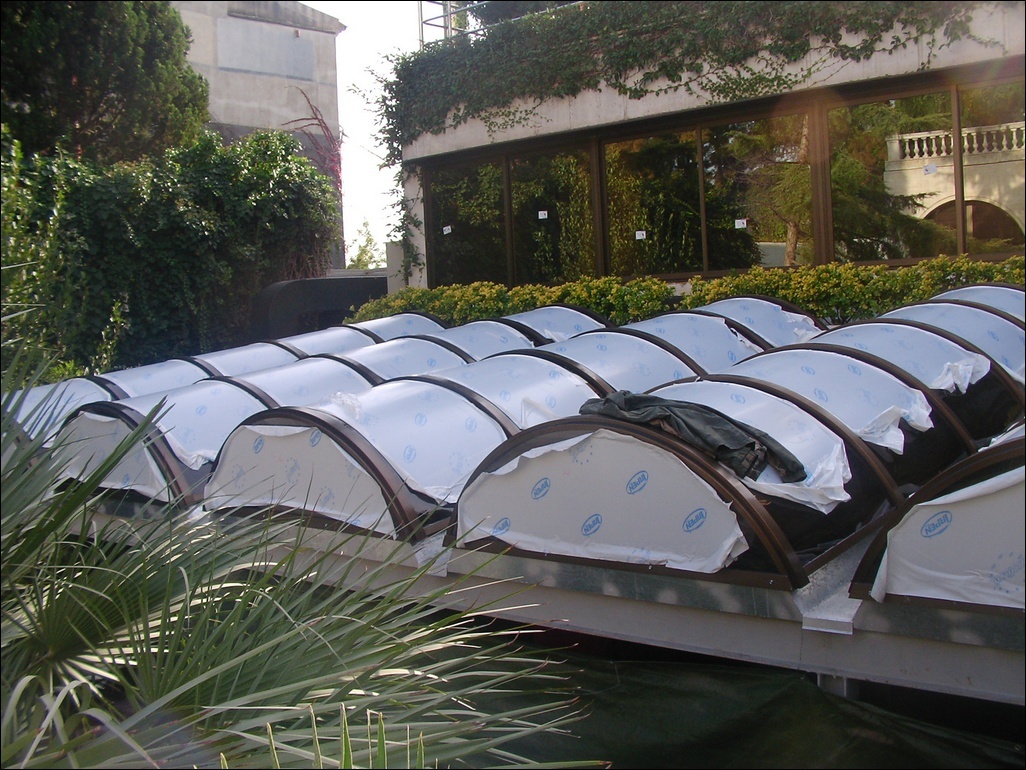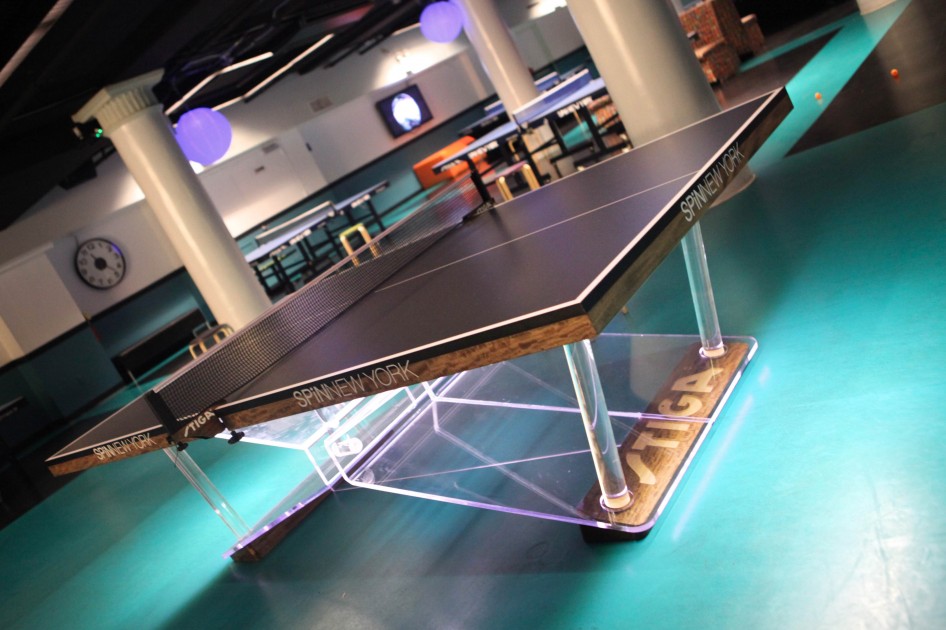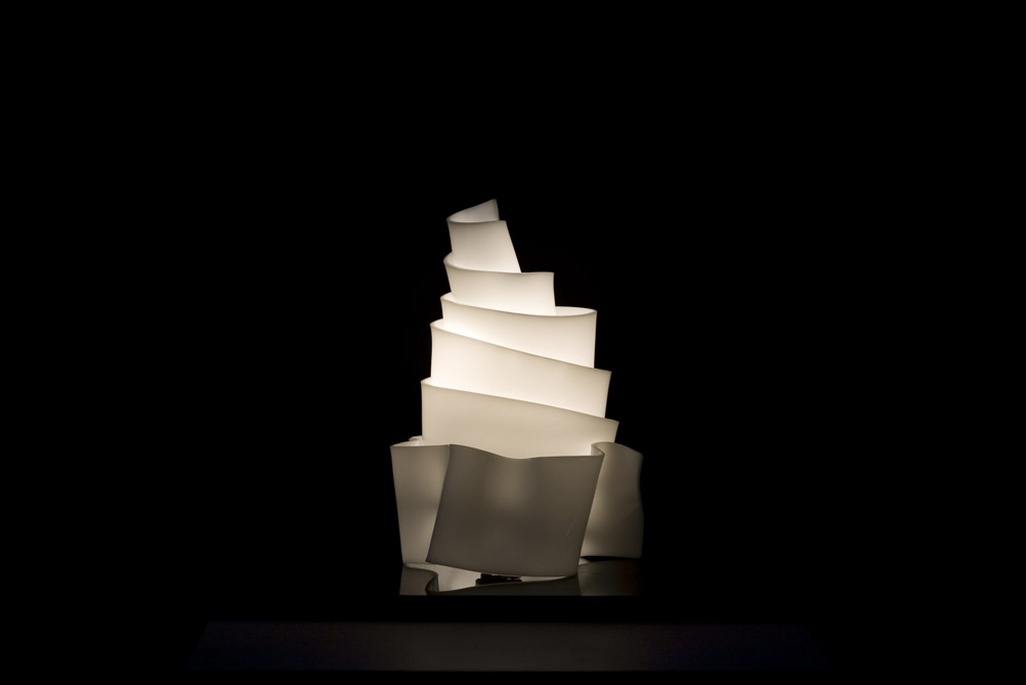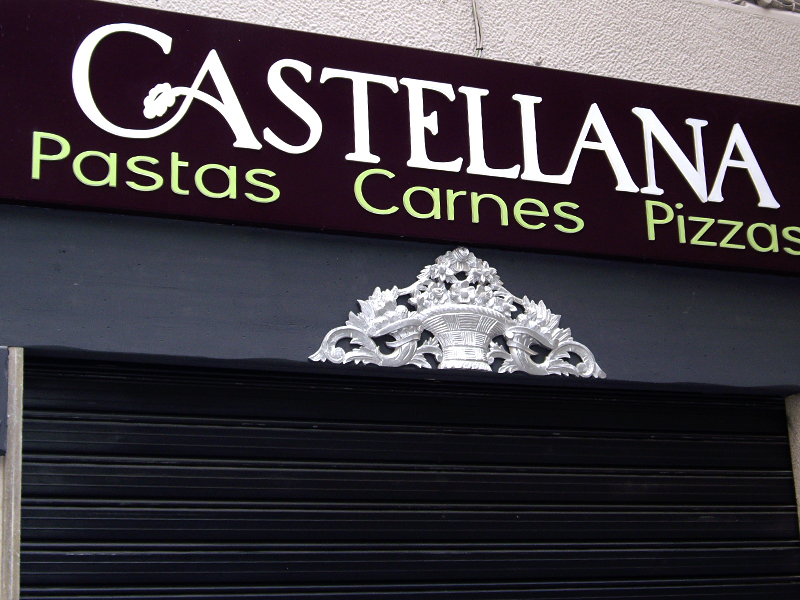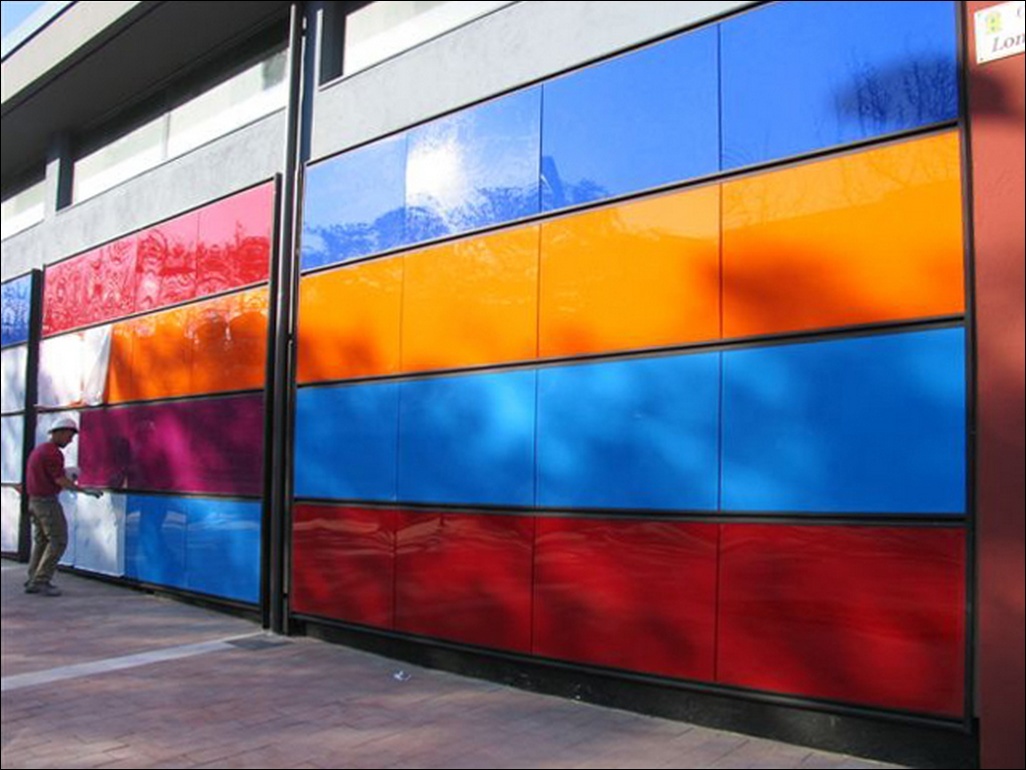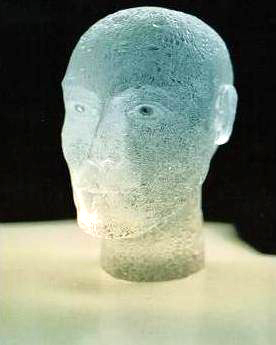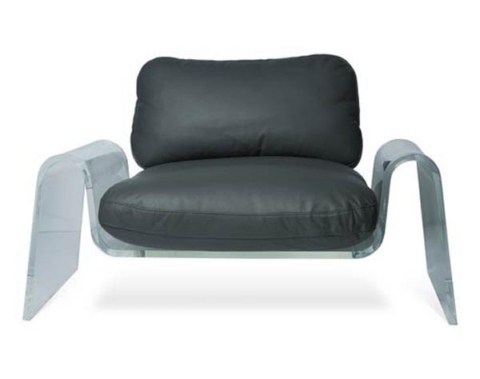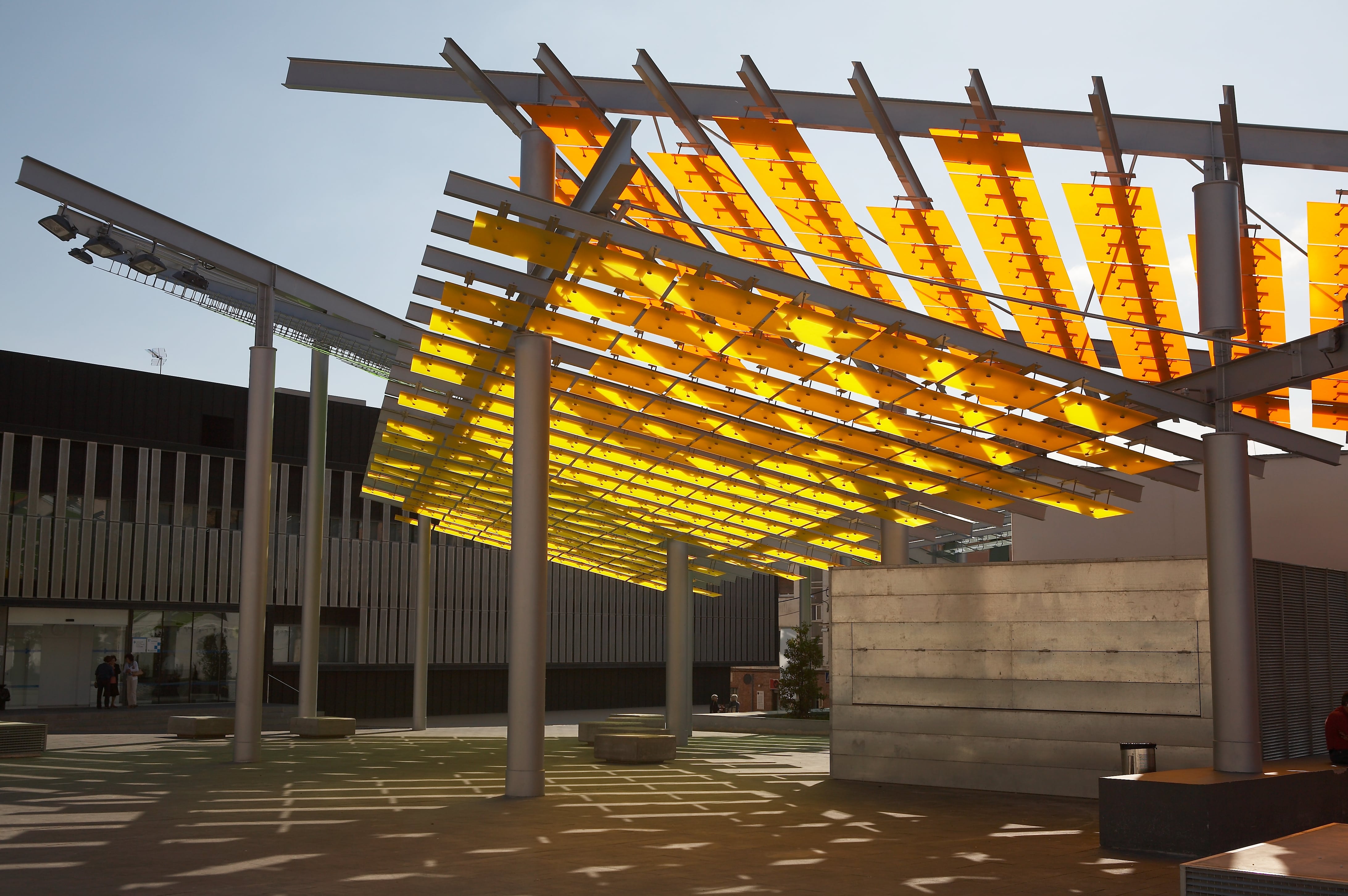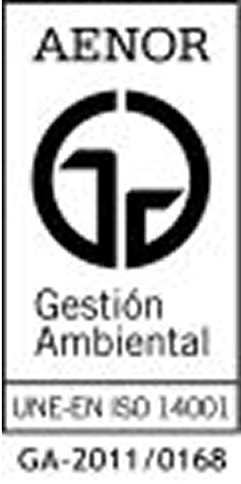Cast / Extruded Acrylic
Common materials in displays - Behavior and choice according to use

Displays are one of the most used resources by advertisers and marketers to promote products at the point of sale or at specialized fairs. For this reason, the materials used for their execution are characterized by being durable, resistant, as well as having a good behavior as printing supports.
Display manipulators usually use all kinds of materials to execute creative designs. Among the most commonly used supports we would find plastics (PMMA, PP or PVC), aluminum composites, cardboard or even wood. All of them have pros and cons, so the manufacturer will choose which one is more suitable for the specific job.
Below, we briefly analyze their behavior in reference to:
- Mechanical and weather resistance
- Adhesion of the ink on the support
- CNC cutting
- Reuse and durability of the support
- Recycling: recycled and recyclable material
Mechanical and weather resistance
Depending on the exhibitor, we will need more or less mechanical resistance. In small-format displays, where structurally stable and lightweight solutions are necessary, we can work with both PVC and aluminum composites, for example. These are defined as mechanically resistant materials, which makes them fully suitable for this type of use.
If, in addition to the mechanical capacity, at the time of design, we consider where the display should be placed, we can choose between: foamed PVC for indoor use (FO03/FO02), multilayer PVC for indoor/outdoor use (FO06 Palboard), or aluminum composite panel for indoor/outdoor use (Iribond GT 22).
For jobs with less mechanical requirements, we can choose solutions made with polypropylene with both ribbed and bubble core suitable for indoor/outdoor use (PP01/PP03).
In the case of larger installations such as stands or ephemeral promotional installations, sometimes mounted outdoors, we will opt for materials that, in addition to solving the enclosure, reduce the weight of the installation as much as possible to avoid deformation of the assembly. Therefore, a multilayer PVC panel such as the FO06 Palboard is an excellent choice, since it combines light weight, structural stability and durability (suitable for indoor/outdoor use), providing an optimal strength-to-light weight ratio.
Adhesion of the ink on the support
Both the requirement with regard to the adhesion of the pigment to the surface of the printing medium, and the need for color retention for a long period without fading, are very important for manipulators.
Standard polypropylene or solid or foamed PVC sheets provide an excellent answer in these areas, for small or medium format jobs. Aluminium composite sheets can show great strength and satisfactory results in the resulting print quality. But only co-extruded multilayer PVC sheets with a recycled foam core and rigid and solid outer layers (the FO06 Palboard) can combine: light weight, an extra soft and uniform hard surface (allowing excellent ink adhesion and prolonged ink retention), with excellent structural integrity that allows large exhibition structures to be supported, without the need for primers or previous treatments.
CNC cutting
In the case of 3D displays, designers/manipulators choose to facilitate the assembly of the final piece, so the method of joining parts is usually assembly and they completely rule out the use of adhesives, screws or rivets. Therefore, precise CNC cutting allows the creation of machine-threaded elements that maintain their functional performance even after multiple uses.
In addition to assembling, to reduce as much as possible the connection points, it is often essential that the support supports V-grooving. This facilitates both the folding and the final assembly of the part, optimizing its handling and reducing costs. However, it is absolutely necessary that the bending point does not weaken, so the support on the ball joints must guarantee structural integrity after intensive use.
This is only possible if rigid plates are used that are easy to mill, drill and cut.
Materials such as co-extruded multilayer PVC sheets allow for this wide range of operations, ensuring the integrity and durability of the solution.
Reuse and durability of the support
It is increasingly common for displays to be designed to have a long lifespan, to suffer from great mobility, to be assembled and disassembled repeatedly, to withstand the contact of a wide variety of products and to be suitable for interaction with the customer, all without losing properties over time, even if it is out in the open.
It is therefore very important that the support material is chemically resistant to a large number of substances, while the substrate is capable of withstanding intensive use while maintaining its structural and finishing integrity.
The composite aluminum supports allow installations exposed to the elements, due to their waterproofness and color stability to the action of ultraviolet rays. Multilayer PVC supports with co-extruded core (the FO06 Palboard), in general, can be used in outdoor installations, due to their waterproofness and resistance to corrosion, although they should not be subjected to exposure temperatures exceeding 60ºC. But their great advantage over other supports is that they have an excellent response to the action of different chemicals, thus allowing for quick cleaning and disinfection of the surface.
Recycling: recycled and recyclable material
As with other consumer products, the world of advertising and marketing is required to make their creations environmentally friendly. For this reason, creatives often request materials that are recyclable and, as far as possible, that come from total or partial recycling. Well, in this way, we extend the useful life of the raw material.
Thermoplastics made from 100% recycled raw material and are repeatedly recyclable, such as Polycyril Recycled (PMMA that undergoes a depolymerization/distilled/polymerized process), are a very interesting option to consider.
Other alternatives involve combining recycled and virgin material at the same time. With these properties, we could work both with a 3R polypropylene, characterized by having a black inner structure (either ribbed or bubble) made from recycled PP. Or a multilayer PVC defined by having a recycled core and the outer layers are resolved with virgin resin, resulting in a material produced with more than 50% recycled PVC and 100% recyclable.

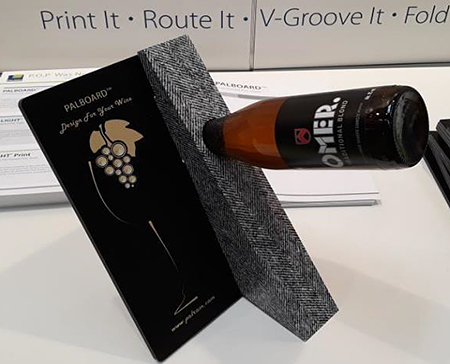
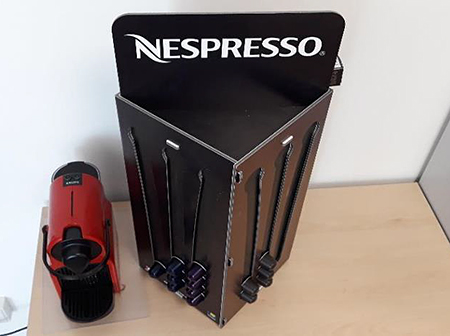

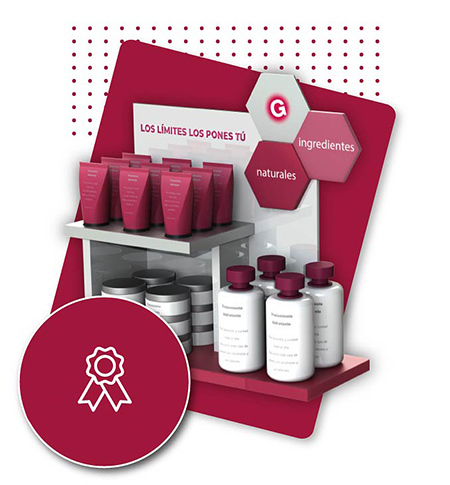
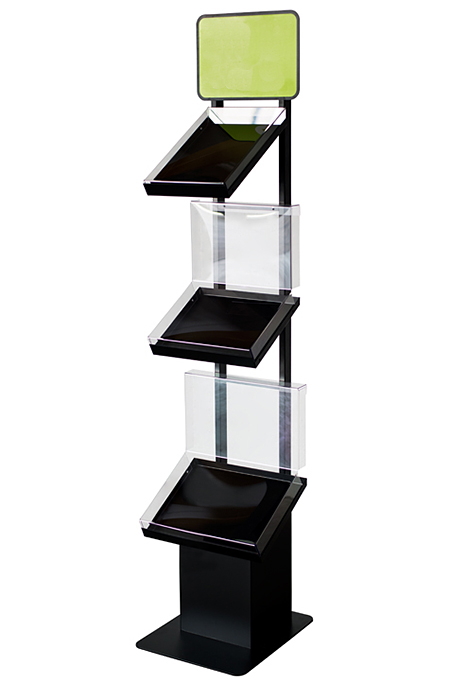

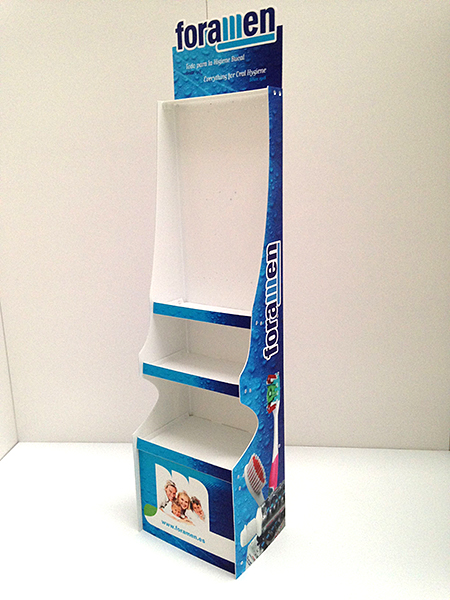
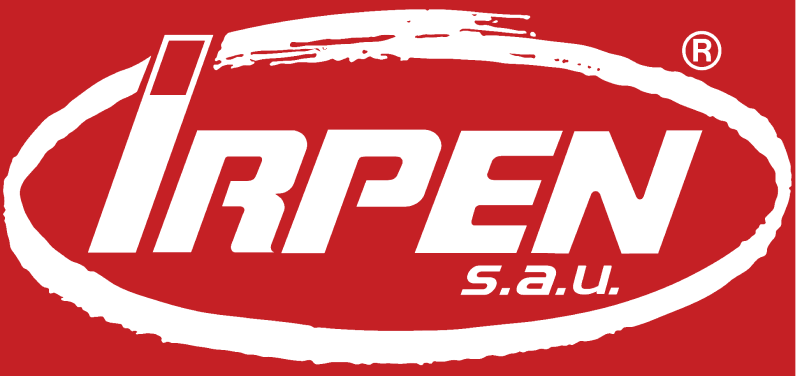





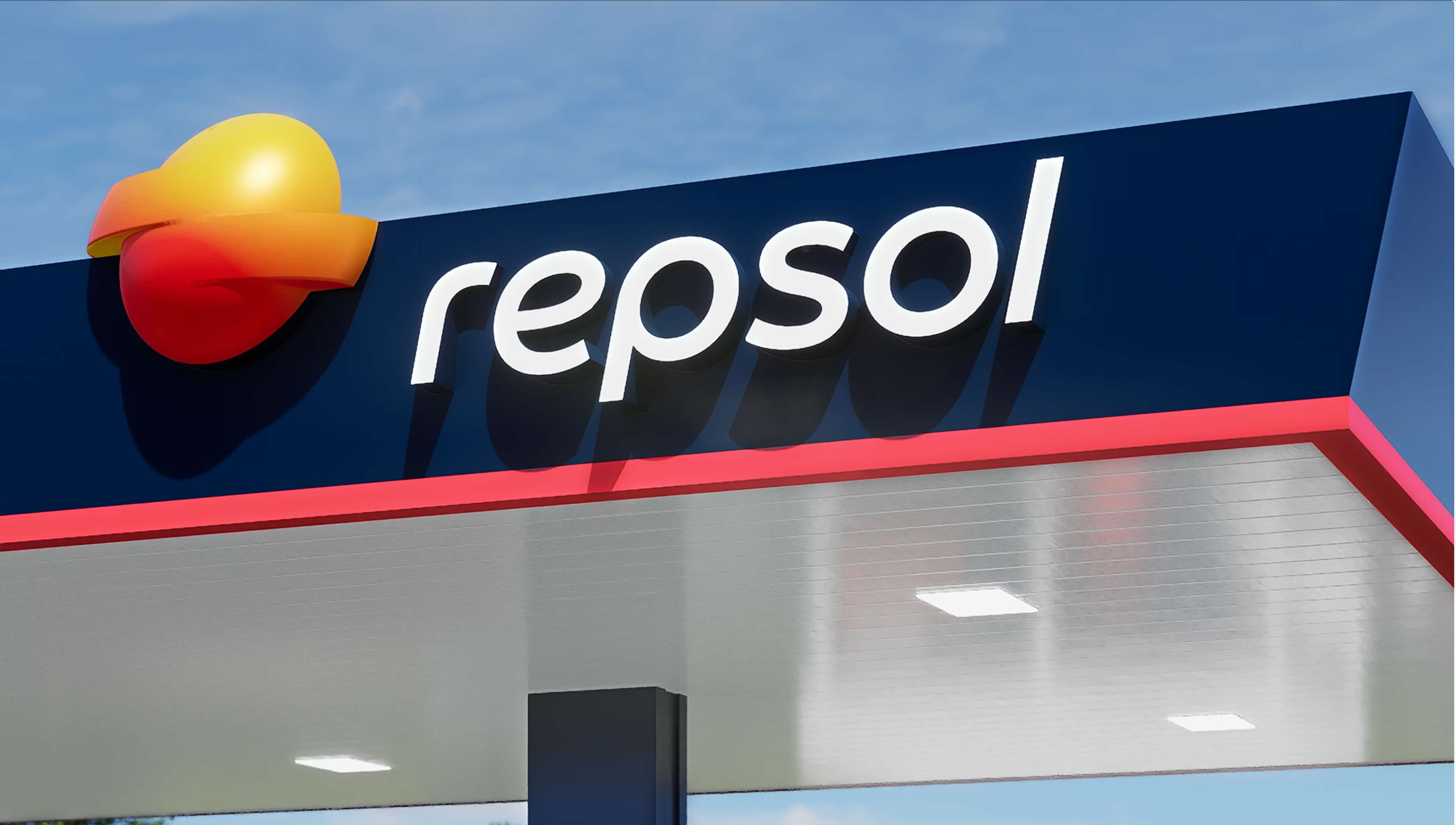

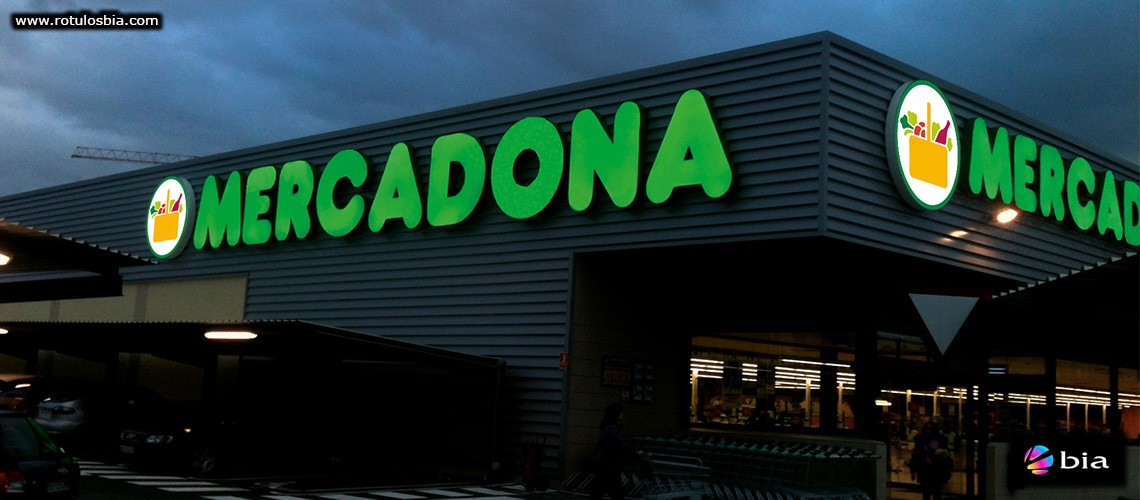

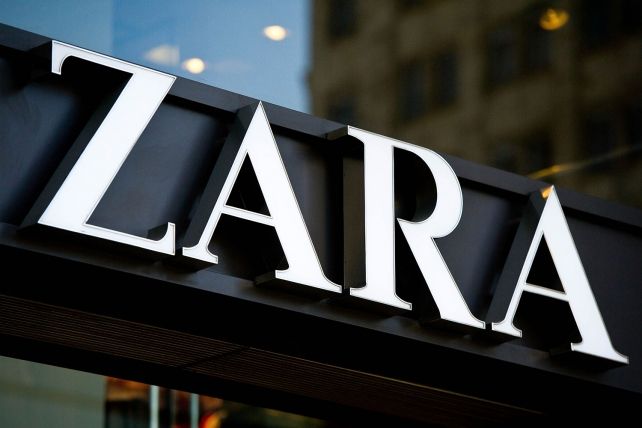
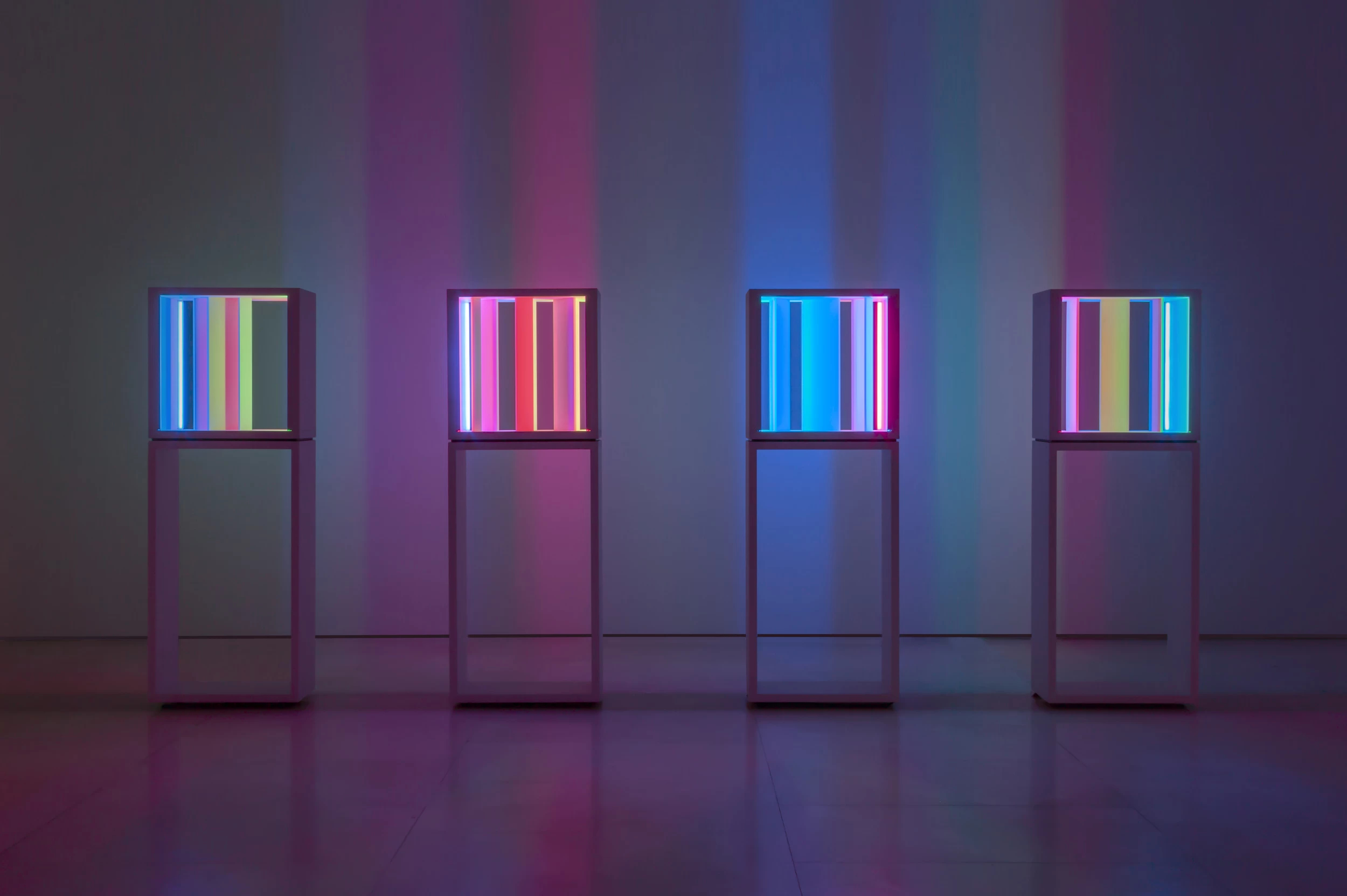

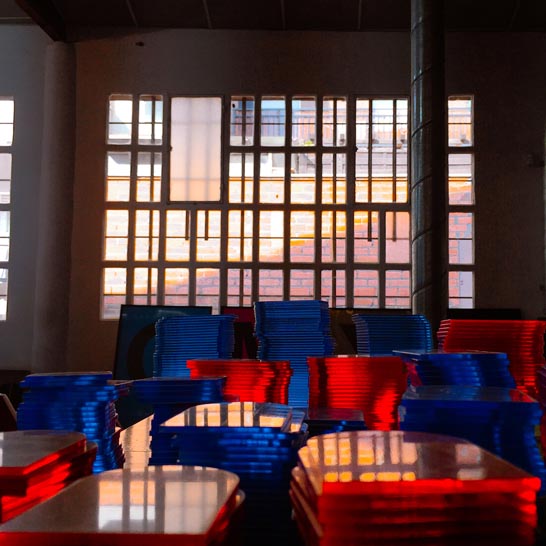
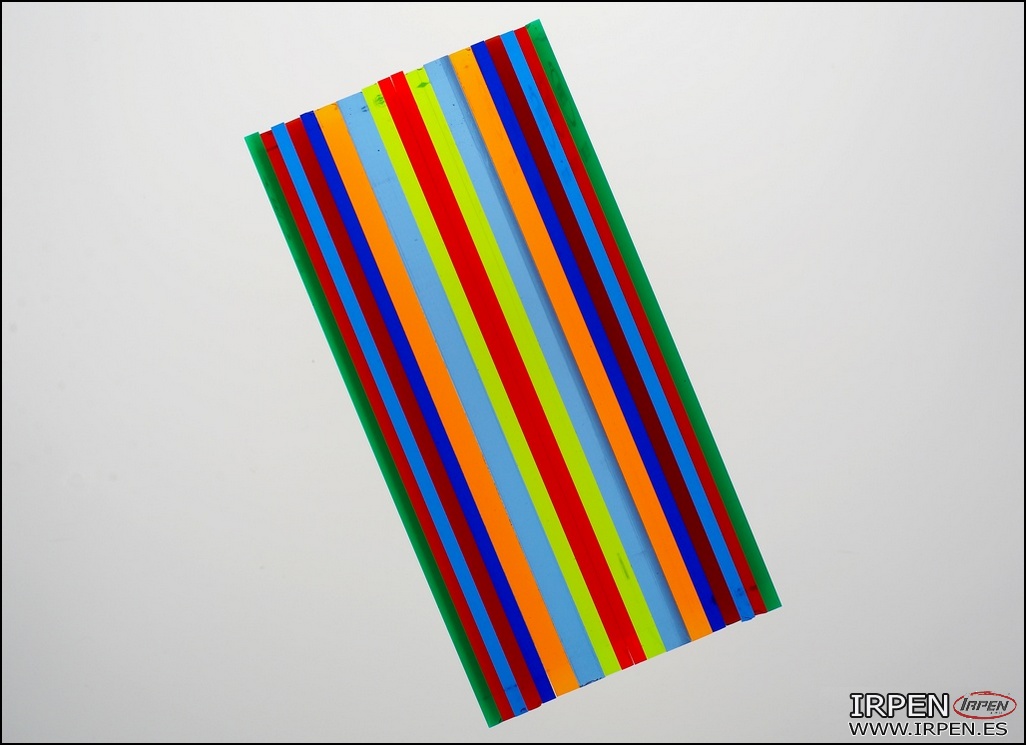
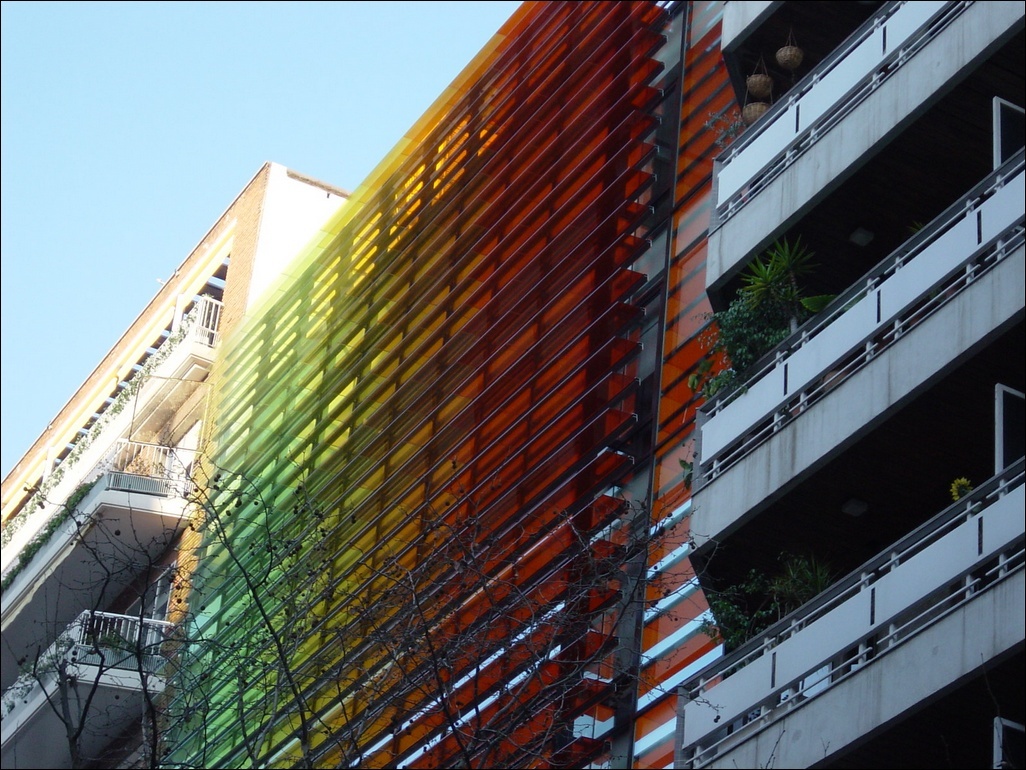
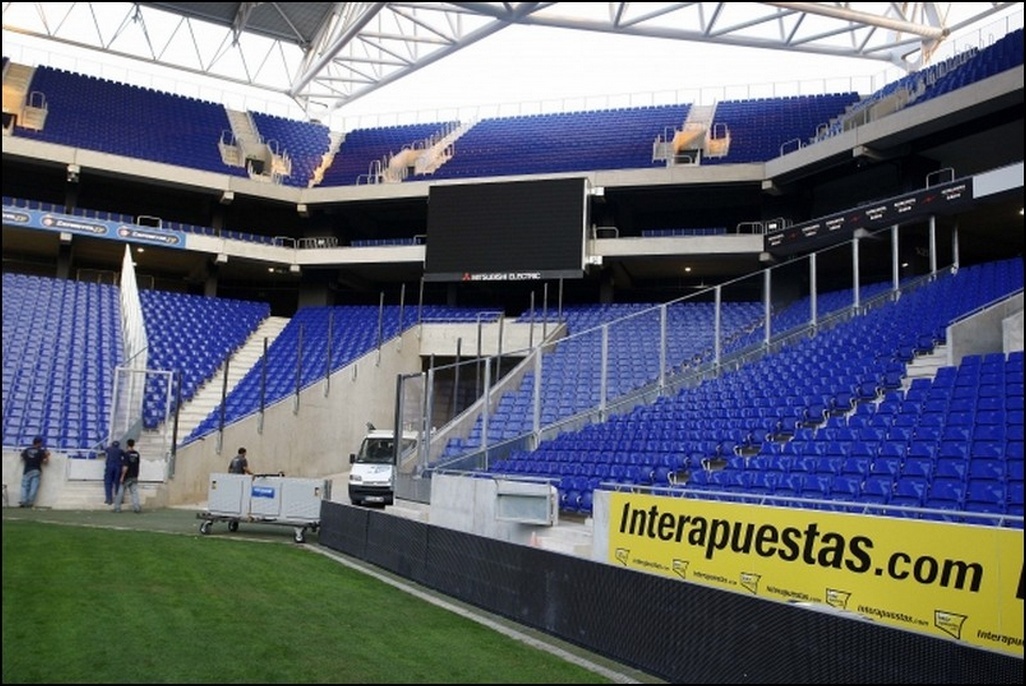
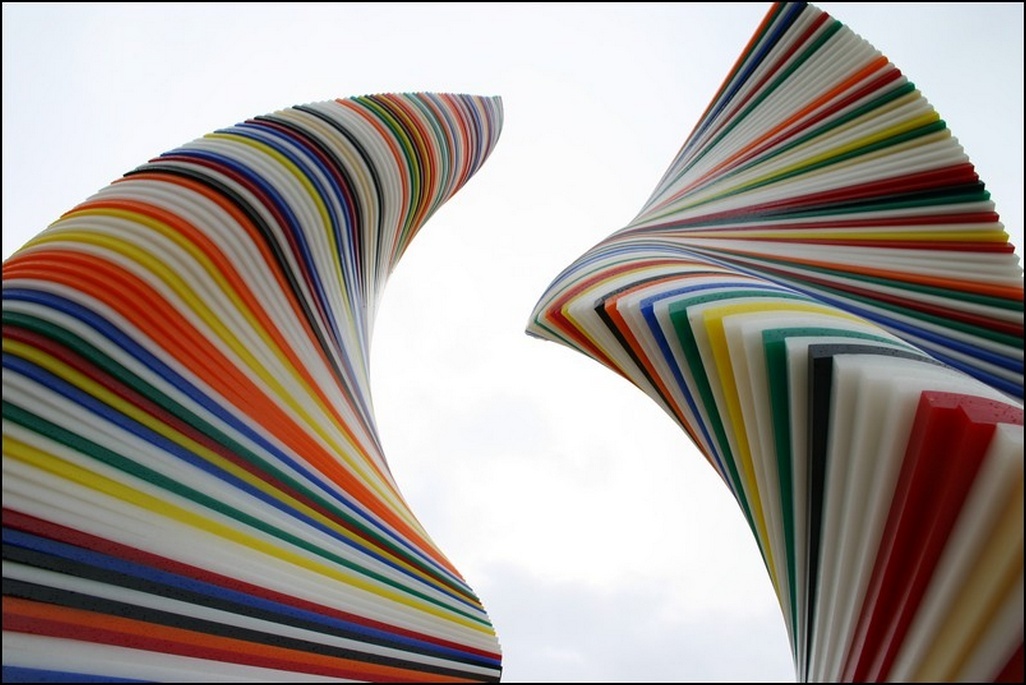
.jpg)

